The Artistic Impact of Hispanic Masters: Changing the Art World
The history of art is a vast tapestry that chronicles humanity's cultural evolution, creativity, and expression through centuries. Within this rich history, there are artists whose impact on the world far exceeds what one might expect, leaving indelible marks that resonate through time. Their legacy is a testament to the power of Hispanic artists in shaping Western culture, making the art world richer and more intriguing. What role do you believe art plays in fostering cross-cultural understanding and appreciation?
In this article, we will look through the contributions of 13 Hispanic artists who have significantly influenced the world of art.
1. DIEGO VELÁZQUEZ
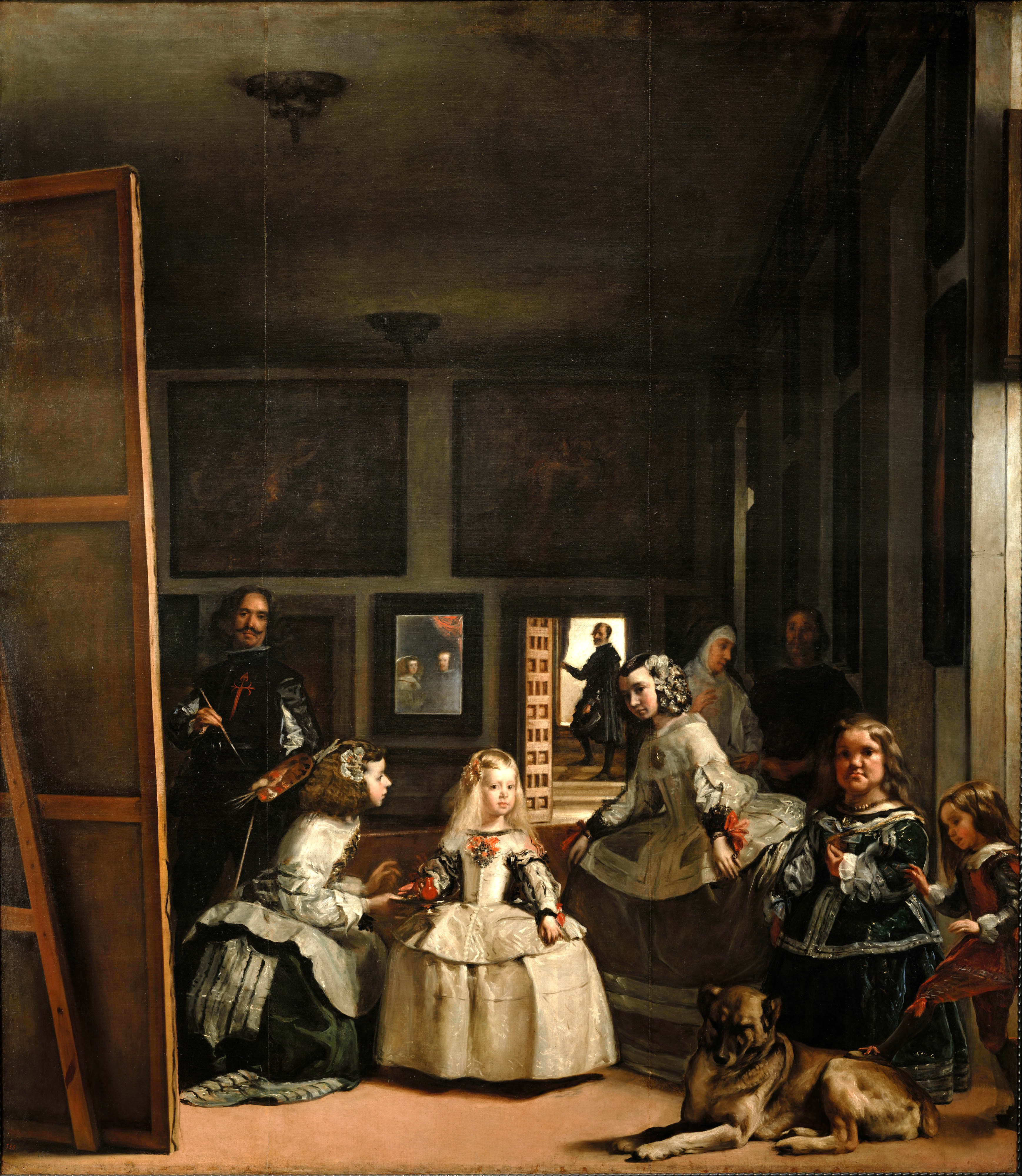
Diego Velázquez "Las Meninas" (1656)
Originating from Seville, Spain, in 1599, Diego Velázquez emerges as a paramount icon of the Spanish Golden Age. His mastery in capturing the human condition and his innovative use of light and shadow have established him as a pivotal figure in the history of Western art. Velázquez served as the leading artist in the court of King Philip IV, where he painted numerous portraits of the Spanish royal family, notable figures, and commoners, with a realism that was ahead of his time. Perhaps his most celebrated work, "Las Meninas" (1656), is a complex and enigmatic composition that explores themes of illusion, reality, and the nature of art itself. The painting features a self-portrait of Velázquez at work, surrounded by the young Infanta Margarita Teresa and her entourage, capturing a moment of everyday life with profound depth and sophistication. Velázquez's influence extends beyond his technical prowess; his ability to convey the dignity of his subjects and his subtle commentary on the act of painting itself have cemented his legacy as a foundational figure in the Western artistic canon.
2. PABLO PICASSO
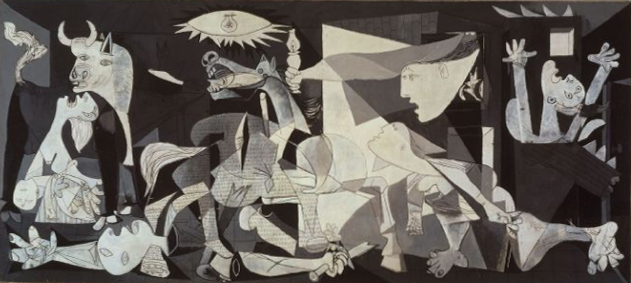
Pablo Picasso "Guernica" (1937)
Pablo Picasso, a Spanish artist born in 1881, revolutionized the art world with his pioneering contributions to the development of modern art in the 20th century. Co-founder of the Cubist movement, Picasso's innovative approach to form, perspective, and color shattered traditional conventions and ushered in a new era of artistic expression. His prolific output spans painting, sculpture, printmaking, ceramics, and stage design, showcasing a relentless experimentation and versatility. Among his most famous works, "Guernica" (1937), stands as a powerful anti-war statement, reflecting the horrors of the Spanish Civil War through a chaotic and emotive composition. Picasso's influence is immeasurable, not only in shaping the course of modern and contemporary art but also in challenging societal norms and perceptions of beauty, politics, and identity, making him one of the most influential artists of all time.
3. FRANCISCO GOYA
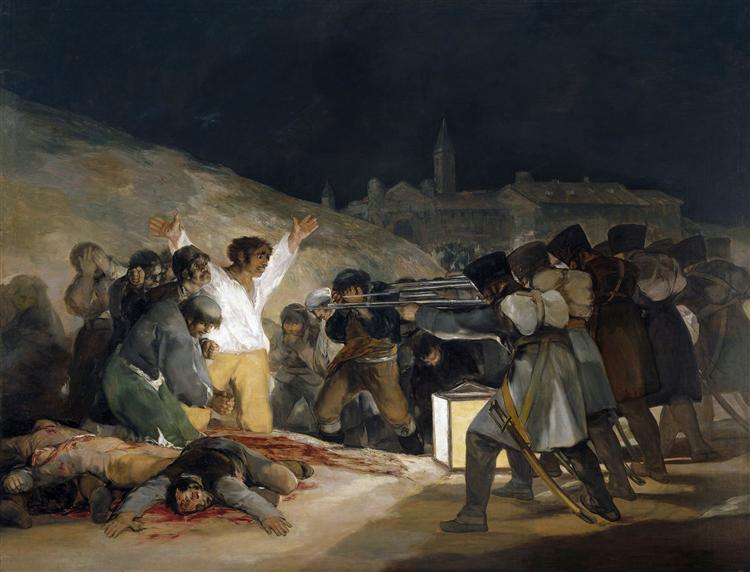
Francisco Goya "The Third Of May 1808"
Francisco Goya, born in 1746 in Spain, is hailed as one of the most significant figures in Western art, bridging the Old Masters and modern art with his profound influence. As both a court painter to the Spanish Crown and a critical observer of societal tumult, Goya's work spans from rococo elegance to dark and introspective Romanticism. His series of etchings, "The Disasters of War," and paintings like "The Third of May 1808" powerfully critique the brutality of war and the follies of human nature. Goya's art, marked by bold experimentation and a keen psychological insight, laid the groundwork for modern artistic expressions of human suffering and the absurd, making him a pivotal precursor to both the Romantic and Expressionist movements. His legacy endures as a master of complexity, who captured the beauty and horror of his times with unmatched intensity.
4. JOSÉ CLEMENTE OROZCO
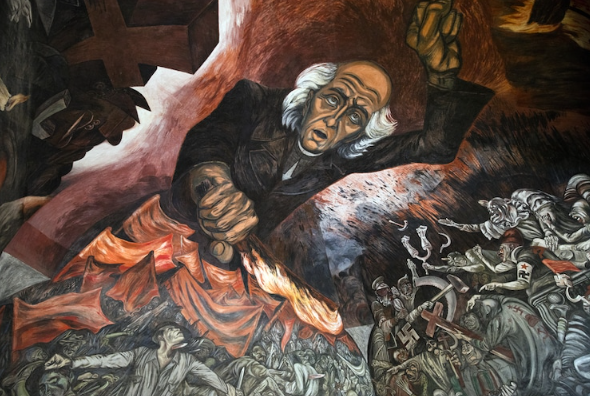
José Clemente Orozco "The Epic Of American Civilization"
José Clemente Orozco was a Mexican artist known for his powerful and politically charged artworks. One of his most famous paintings is "The Epic of American Civilization," a series of murals located at Dartmouth College in New Hampshire. This monumental work explores the history of the Americas, depicting themes of conquest, revolution, and social struggle. Orozco's art challenged Western culture by offering a critical perspective on colonialism, imperialism, and social injustice. His bold use of color, dynamic compositions, and emotive figures captivated viewers and sparked dialogue about power dynamics and societal issues. Orozco's work, along with that of other Mexican muralists like Diego Rivera and David Alfaro Siqueiros, influenced the development of social realism and muralism not only in Mexico but also in the United States and beyond. Through his art, Orozco highlighted the importance of social consciousness and the need for change, leaving a lasting impact on Western cultural discourse.
5. FRIDA KAHLO
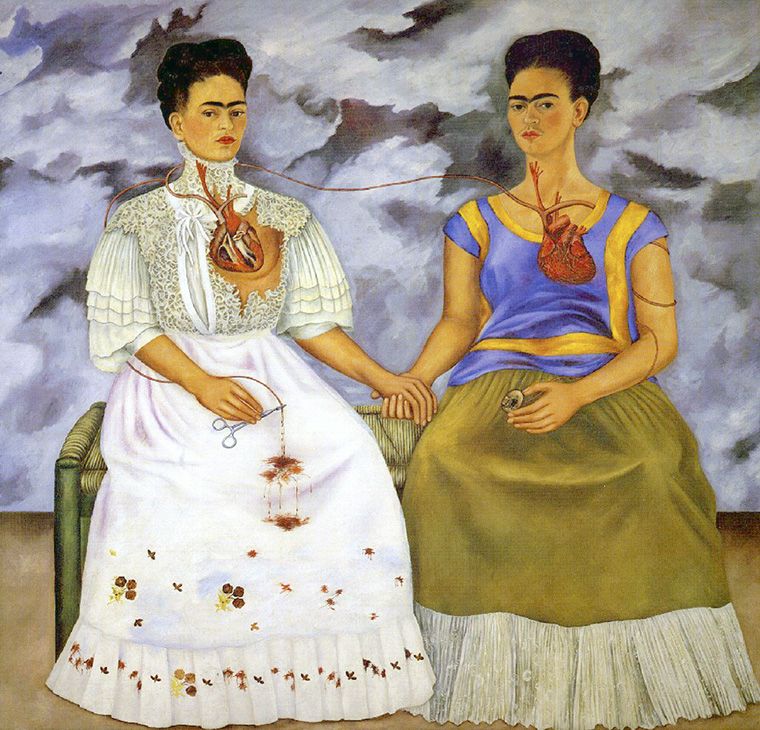
Frida Kahlo "The Two Fridas"
Frida Kahlo was a Mexican artist known for her deeply personal and emotive paintings, often depicting her own physical and emotional pain. One of her most famous works is "The Two Fridas," which portrays two versions of herself holding hands, symbolizing her conflicting identities and emotions. Kahlo's art profoundly influenced Western culture by challenging societal norms and exploring themes of identity, gender, and mortality. Her unapologetic portrayal of her own experiences with pain, disability, and femininity resonated with audiences worldwide, inspiring countless artists and activists. Kahlo's unique style, characterized by vibrant colors, intricate symbolism, and meticulous detail, defied categorization and sparked renewed interest in Mexican culture and folk art. Her legacy as a feminist icon and cultural trailblazer continues to inspire generations, empowering individuals to embrace their differences and find strength in vulnerability. Through her art, Frida Kahlo transformed Western culture by giving voice to the marginalized and celebrating the beauty of resilience and authenticity.
6. JOAQUÍN SOROLLA
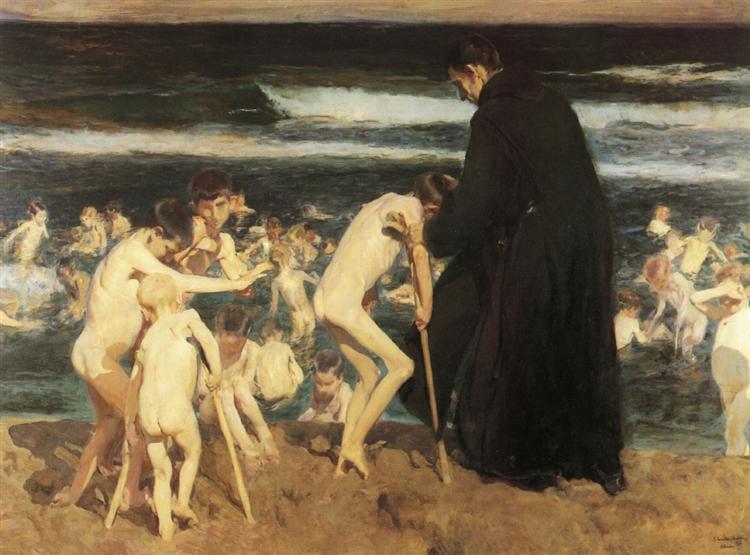
Joaquín Sorolla "Sad Inheritance"
Joaquín Sorolla was a Spanish painter known for his luminous and vibrant depictions of landscapes, beach scenes, and portraits. One of his most famous works is "Sad Inheritance," which portrays children afflicted by polio, highlighting Sorolla's social consciousness and empathy. Sorolla's art profoundly influenced Western culture by capturing the essence of sunlight and movement with remarkable skill and sensitivity. His loose brushwork and mastery of color created an atmosphere of immediacy and spontaneity, revolutionizing the impressionist style. Through his evocative portrayals of everyday life and the natural world, Sorolla bridged the gap between traditional academic painting and modernist experimentation. His international acclaim and success brought attention to Spanish art and culture on the global stage, inspiring artists and admirers alike. Sorolla's legacy endures as a testament to the power of light and color to evoke emotion and capture the beauty of the human experience, enriching Western culture with his timeless masterpieces.
7. DIEGO RIVERA
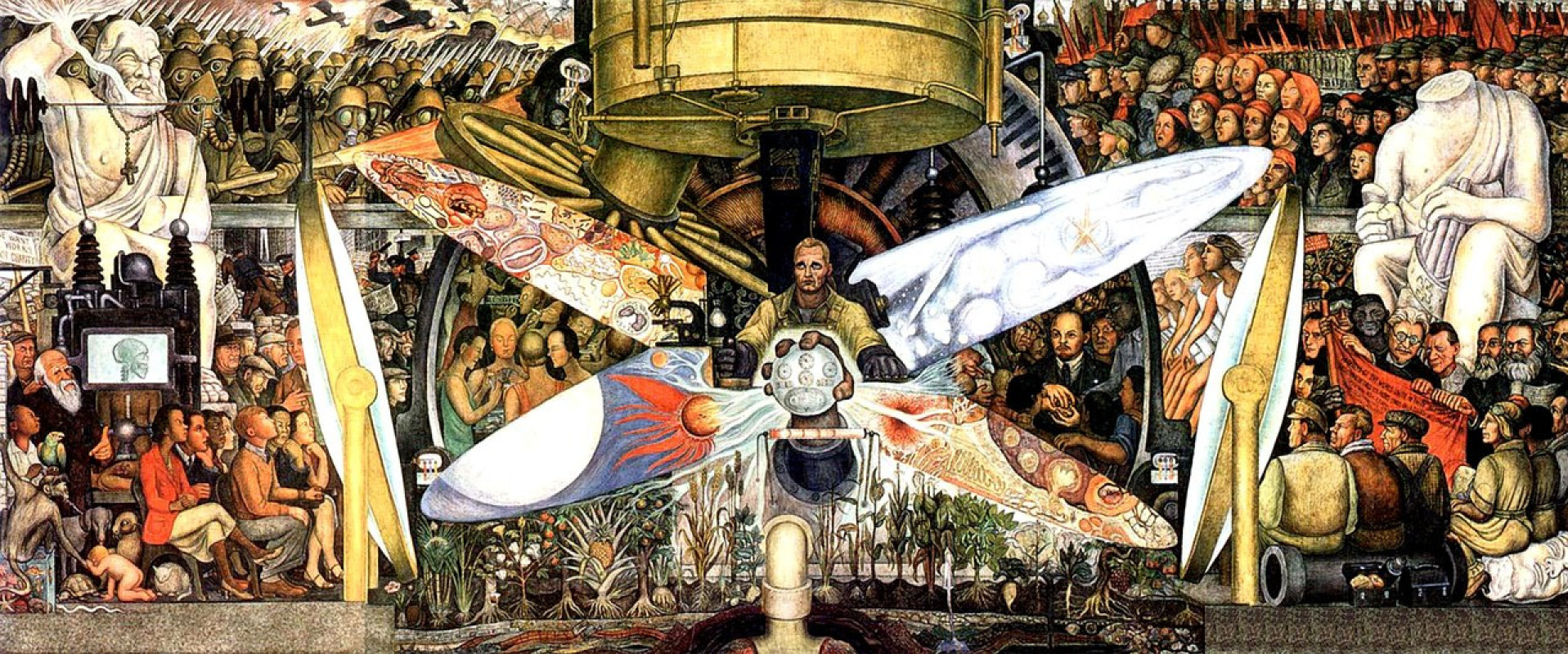
Diego Rivera "Man At The Crossroads"
Diego Rivera, a renowned Mexican painter and muralist, left an indelible mark in art history through his monumental works depicting social, political, and historical themes. One of his most famous paintings is "Man at the Crossroads," a mural commissioned for the Rockefeller Center in New York City (later destroyed), which portrayed a powerful depiction of industrialization and its effects on society. His bold and dynamic murals adorned public spaces, challenging viewers to confront issues of class struggle, imperialism, and indigenous rights. Through his distinctive style, characterized by bold colors, larger-than-life figures, and intricate symbolism, Rivera bridged the gap between traditional Mexican folk art and modernist aesthetics, inspiring generations of artists worldwide. Rivera's legacy endures as a testament to the power of art to provoke thought, inspire change, and celebrate the diversity of human experience, enriching Western culture with his enduring masterpieces.
8. JOAN MIRÓ

Joan Miró "The Tilled Field"
Joan Miró, a Catalan painter, sculptor, and ceramicist, made significant contributions to Western culture with his unique and imaginative style, characterized by playful forms, bold colors, and surrealist elements. One of his most famous works is "The Tilled Field," which exemplifies his abstract and symbolic approach to depicting landscapes and objects. His use of biomorphic shapes, geometric patterns, and dreamlike imagery captured the essence of imagination and creativity, inspiring artists to explore the depths of their own inner worlds. Through his innovative techniques and experimental approach to materials, Miró pushed the boundaries of artistic expression, paving the way for movements such as abstract expressionism and lyrical abstraction. His legacy endures as a testament to the power of art to transcend boundaries and ignite the imagination, enriching Western culture with his enduring legacy of innovation and creativity.
9. SALVADOR DALÍ

Salvador Dalí "The Persistence Of Memory"
Salvador Dalí was a prominent Spanish surrealist artist known for his eccentricity, flamboyant personality, and groundbreaking contributions to art. One of his most famous paintings is "The Persistence of Memory," featuring melting clocks draped over surreal landscapes, symbolizing the fluidity of time and reality. Dalí's art revolutionized Western culture by challenging traditional notions of perception and reality. His use of dreamlike imagery, bizarre juxtapositions, and meticulous detail pushed the boundaries of artistic expression. Dalí's influence extended beyond the art world, impacting literature, film, and popular culture. His collaboration with filmmakers like Luis Buñuel on "Un Chien Andalou" brought surrealism to cinema, while his eccentric persona made him a cultural icon. Dalí's legacy continues to inspire artists to explore the depths of the subconscious and question conventional norms, leaving an indelible mark on Western culture.
10. JEAN-MICHEL BASQUIAT
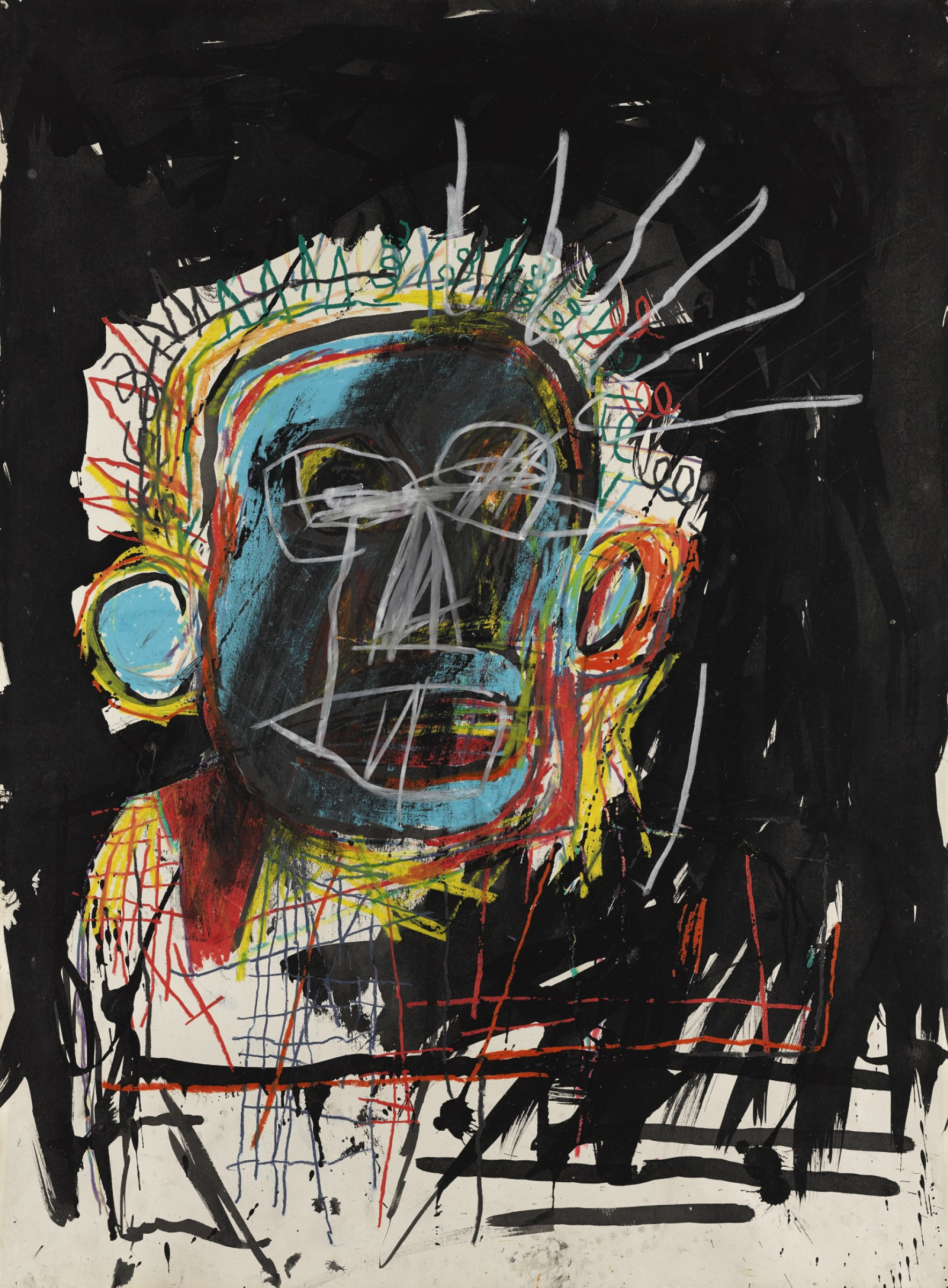
Jean-michel Basquiat "Untitled" (1982)
Jean-Michel Basquiat rose to prominence in the art world by bursting forth from the early 1980s art scene with an aura of strength. His work, characterized by raw, visceral imagery and text, fused elements of street art, drawing, and painting to create a unique visual language that critiqued power structures, racism, and social dichotomies. His art reflected his dual Puerto Rican and Haitian roots, which both questioned and enhanced the canon of mostly white Western art. One of Basquiat's most famous works, "Untitled" (1982), showcases his iconic crown motif, representing both majesty and the burden of greatness, alongside powerful, cryptic symbols and phrases. This piece, like much of his work, is a testament to his ability to blend poetics with painting, offering a raw commentary on the complexities of black identity, wealth, and social issues. Basquiat's influence on Western culture extends beyond the visual arts. His work bridged the gap between street art and the gallery, challenging the definitions and boundaries of high art. He was a pioneer in bringing the voice of urban culture into the elite art world, paving the way for future generations of artists of color. His legacy is not only in his vibrant, thought-provoking canvases but also in his role in the cultural discourse on race, class, and history, making him a seminal figure in contemporary art.
11. FERNANDO BOTERO

Fernando Botero "The Death Of Pablo Escobar"
Colombian painter Fernando Botero is internationally celebrated for his voluminous depictions of humans and animals, which convey a sense of inflated, almost whimsical gravity. His signature style, often referred to as "Boterismo," is characterized by exaggerated and rounded forms that lend his figures a distinctive, tactile sensuality and an element of satire and social critique. Botero's art transcends mere caricature, engaging with themes of power, political corruption, and history, as seen in works like "Abu Ghraib" series, where he poignantly addresses human rights abuses. One of his most famous pieces, "The Death of Pablo Escobar," merges historical narrative with Botero's unique aesthetic, portraying the infamous drug lord in a moment of vulnerability, surrounded by Colombian society's complexities. Through his art, Botero critiques the socio-political landscape of Latin America while exploring universal themes of human nature, contributing significantly to the global art scene. His work invites viewers to reconsider the norms of beauty and power, making Fernando Botero a pivotal figure in Western and Latin American art culture.
12. EL GRECO

El Greco "The Burial Of The Count Of Orgaz" (1586)
El Greco, born Doménikos Theotokópoulos in Crete is a towering figure in the Spanish Renaissance, known for his distinctive style that combined Byzantine traditions with Western painting techniques. One of his most famous paintings, "The Burial of the Count of Orgaz" (1586), exemplifies his mastery in blending the spiritual with the terrestrial, showcasing his unique ability to convey religious mysticism and emotion through his art. This masterpiece, depicting a miraculous event in Toledo, is celebrated for its dramatic use of light and shadow, and its profound spiritual expression. El Greco's influence on Western culture is profound, extending beyond his lifetime to inspire future generations. His expressive, often surreal figures and dramatic compositions prefigured the Baroque movement and later influenced modern artists like Pablo Picasso and Jackson Pollock. Through his innovative approach to form and color, El Greco challenged the conventions of his time, paving the way for the development of Expressionism and Cubism, and cementing his legacy as a pioneer who expanded the boundaries of Western art.
13. ROBERTO MATTA
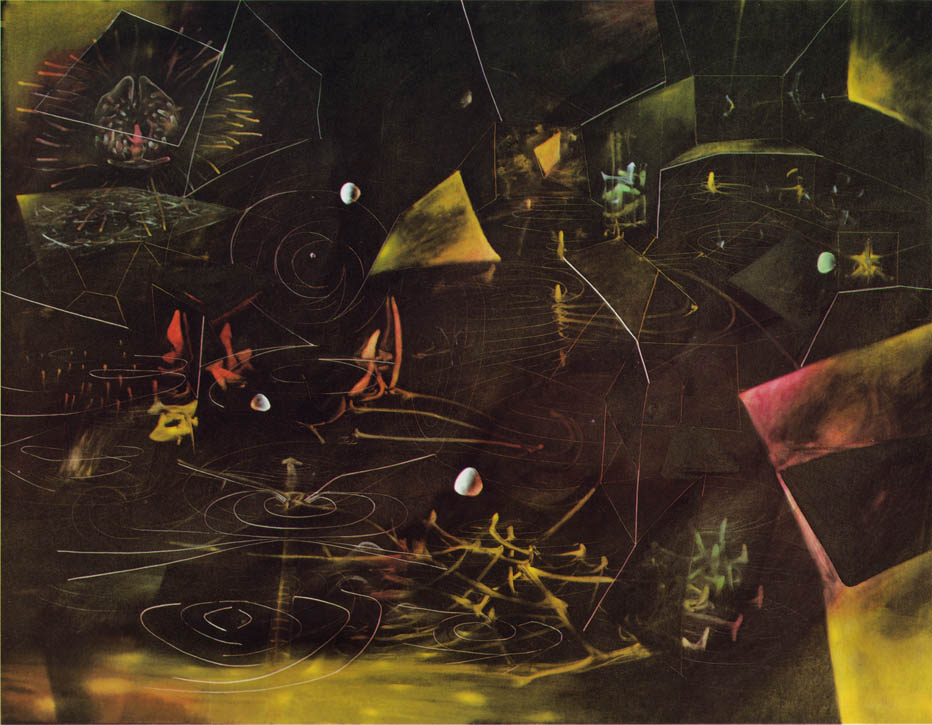
Roberto Matta "The Vertigo Of Eros" (1944)
Roberto Matta, born in Santiago, Chile, was an important figure in 20th-century abstract expressionist and surrealist art. His work is renowned for its exploration of the subconscious and cosmic spaces, employing fluid, organic shapes and a vibrant palette to create deeply psychological and metaphysical landscapes. Matta's architectural background, combined with his interest in psychology and philosophy, informed his unique visual language, distinguishing him within the surrealist movement. One of his most celebrated works, "The Vertigo of Eros" (1944), encapsulates his thematic focus on the chaotic and the cosmic, merging abstract forms with erotic and organic elements. This painting, like much of his work, serves as a visual representation of the inner workings of the human mind and the universal forces of nature. Matta's influence on Western culture is significant, particularly in the United States, where he contributed to the evolution of Abstract Expressionism. His introduction of automatic drawing and emphasis on psychological depth influenced contemporaries such as Jackson Pollock, Arshile Gorky, and Robert Motherwell. Through his innovative techniques and philosophical inquiries, Matta expanded the possibilities of abstract art, bridging European surrealism with American modernism and shaping the trajectory of contemporary art with his visionary approach.
Are there any other Hispanic artists not mentioned in this article that you think have made significant contributions to the art world?
No Comments Yet...